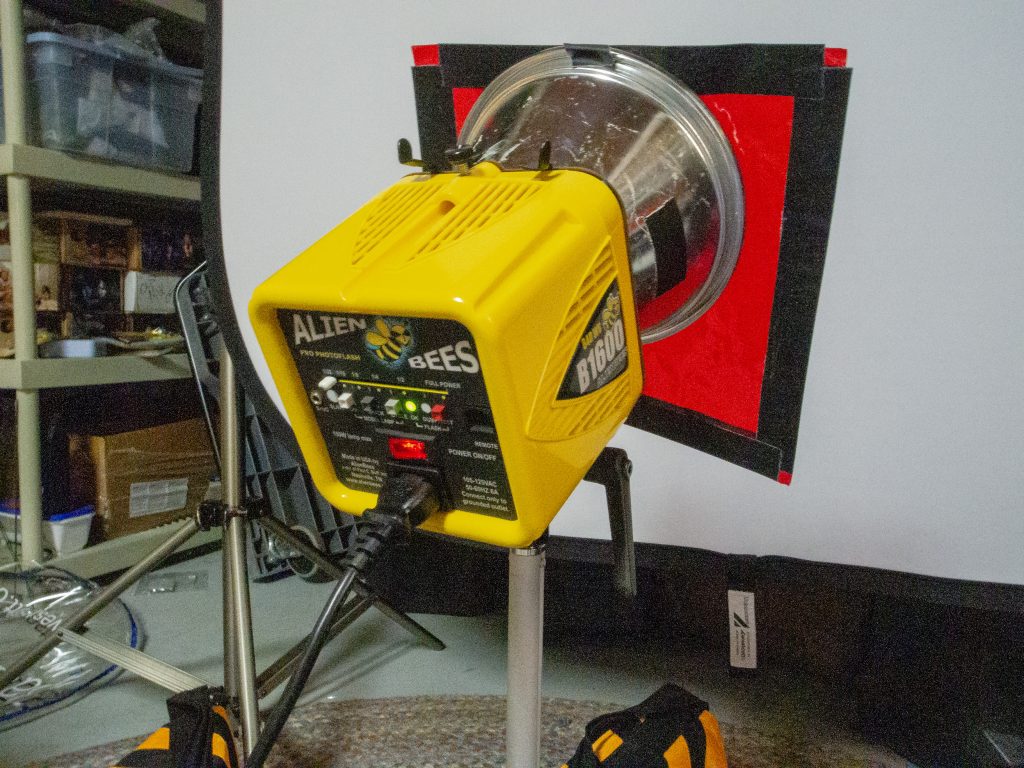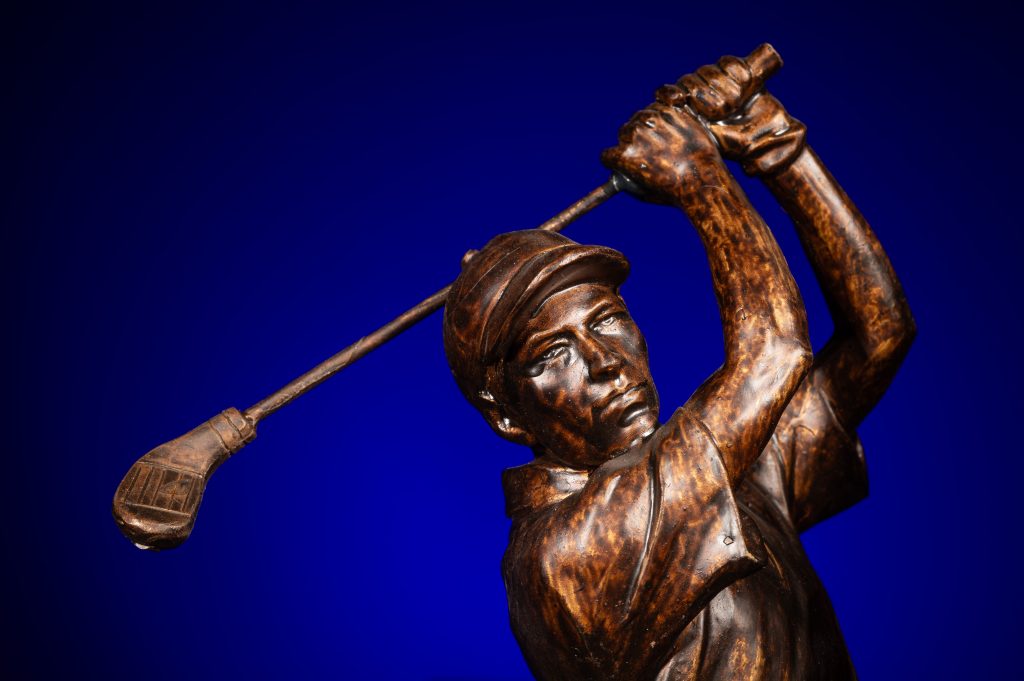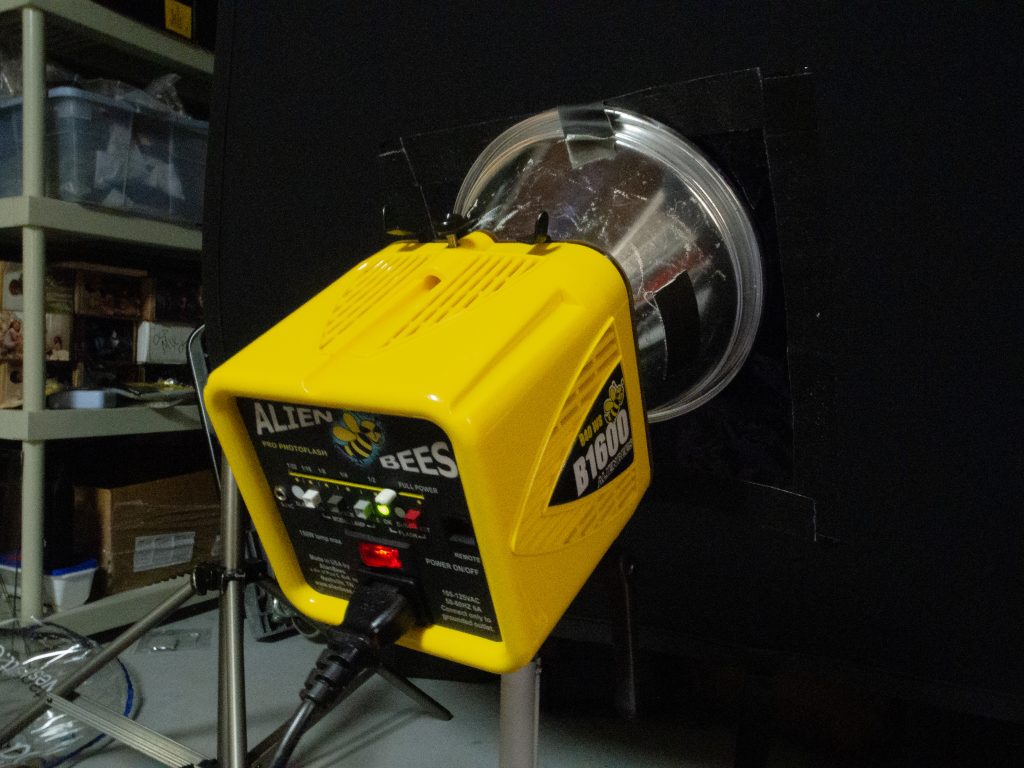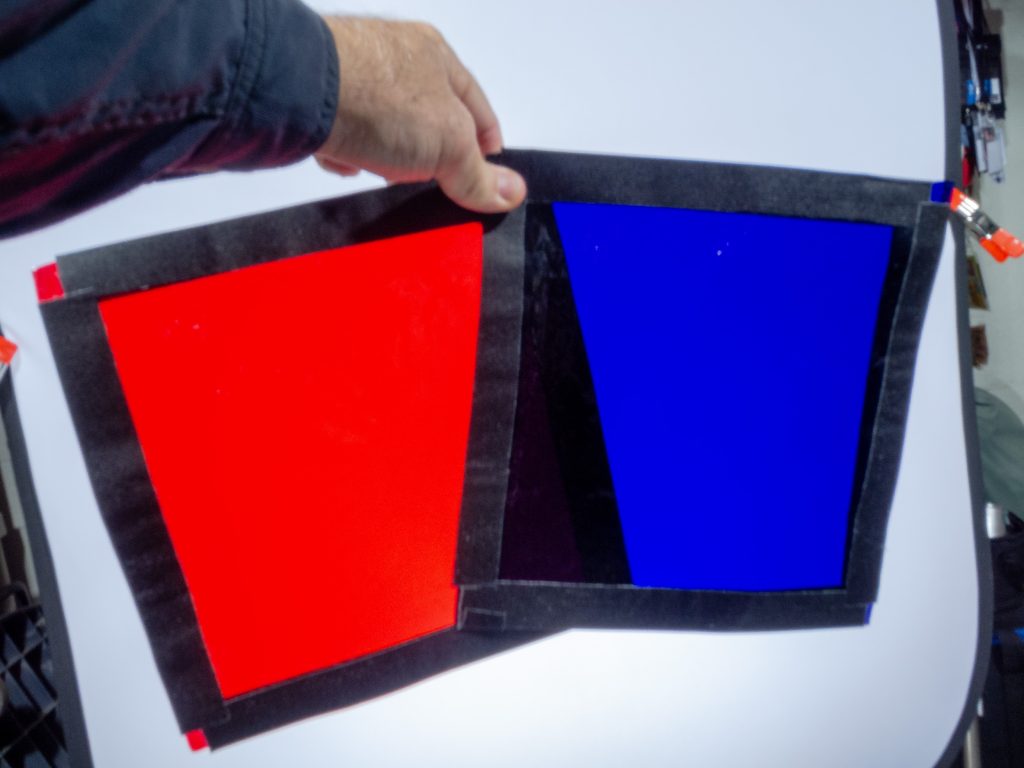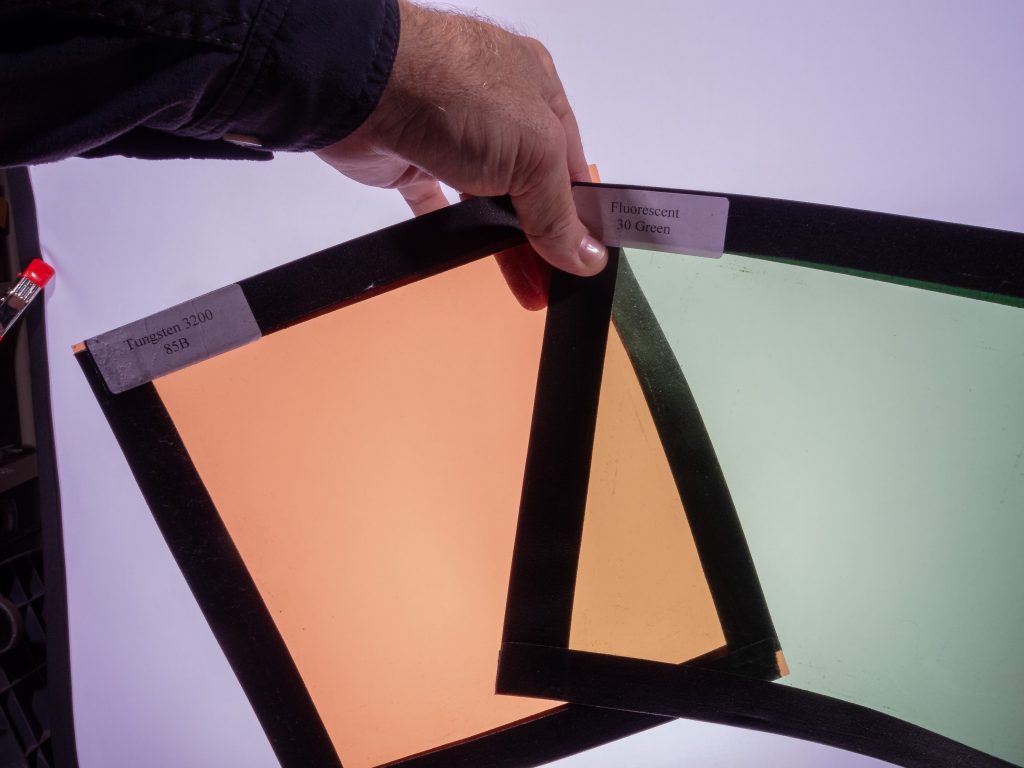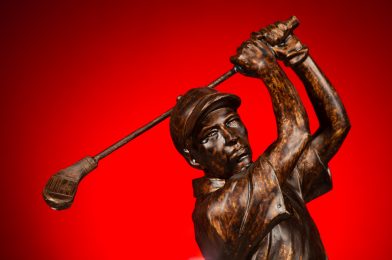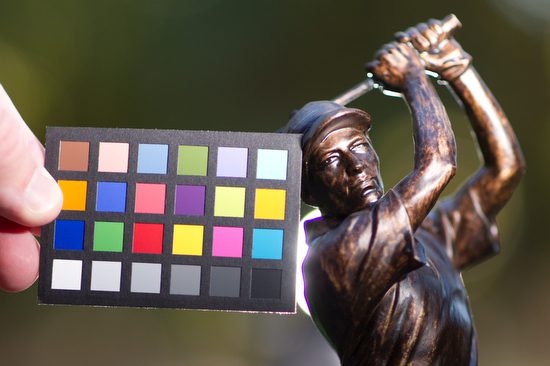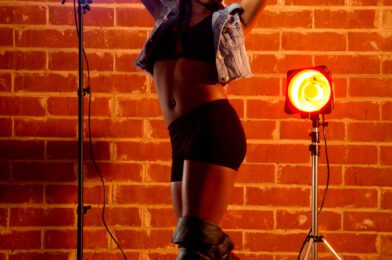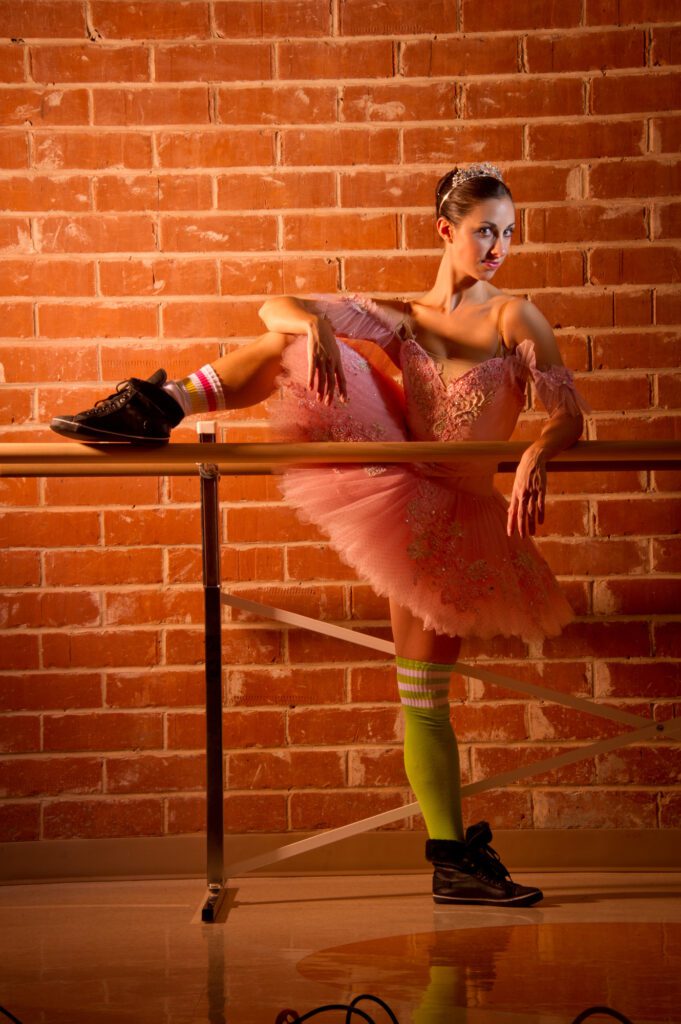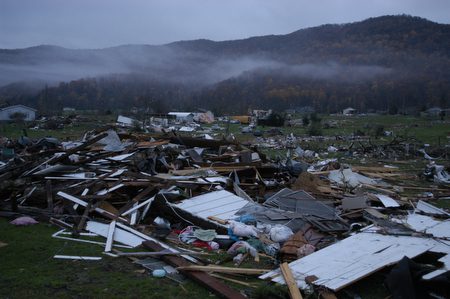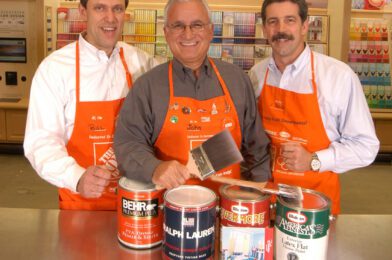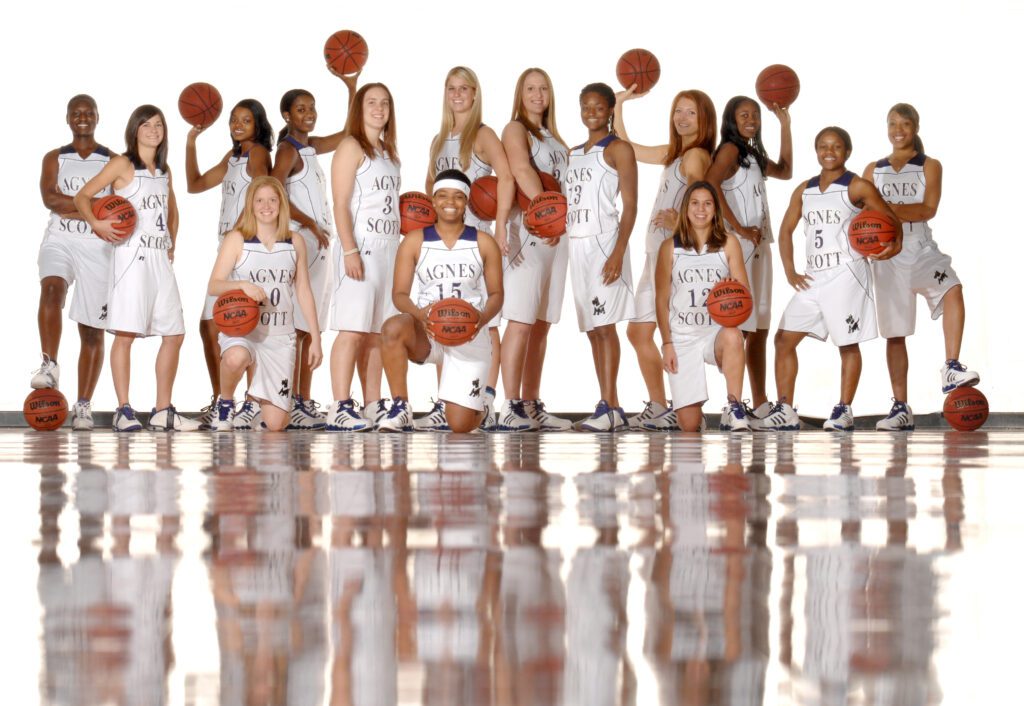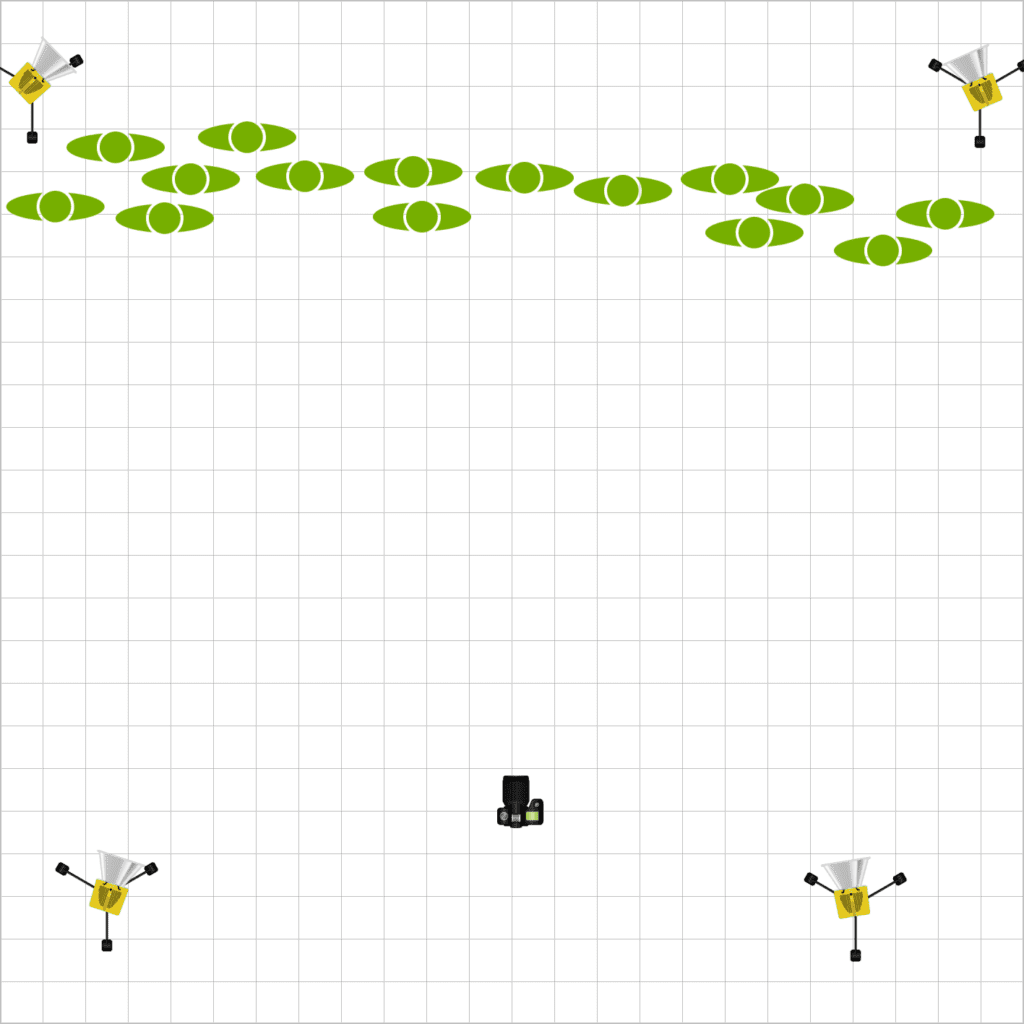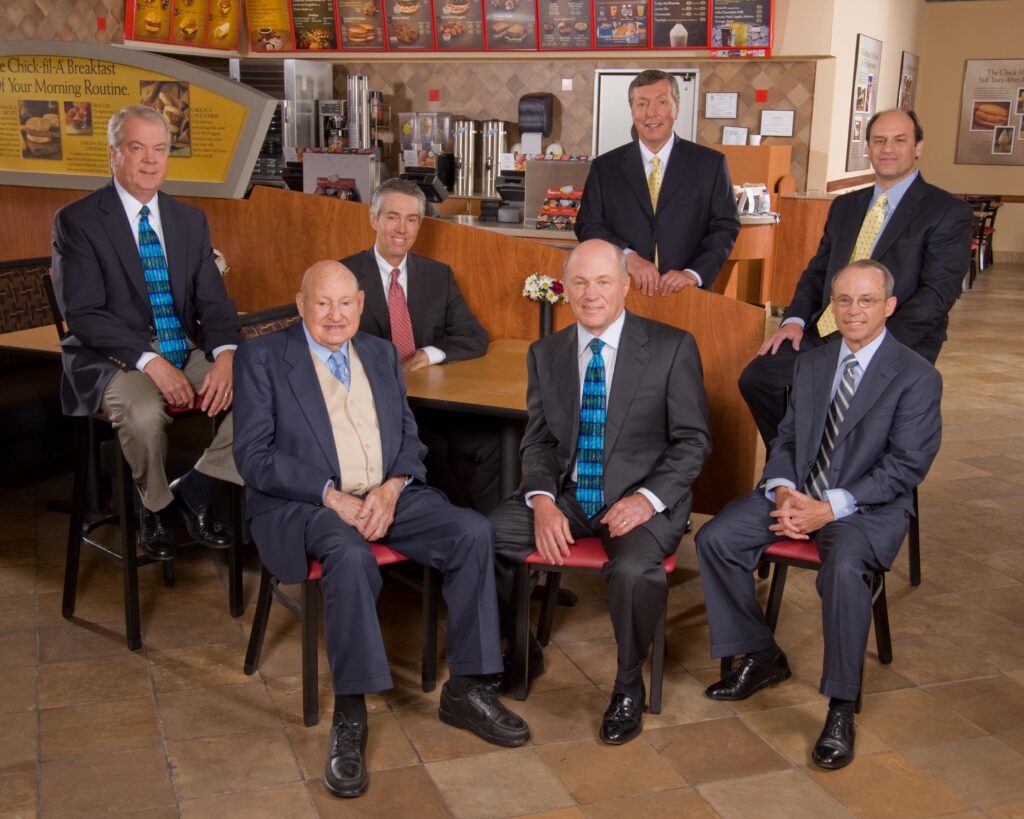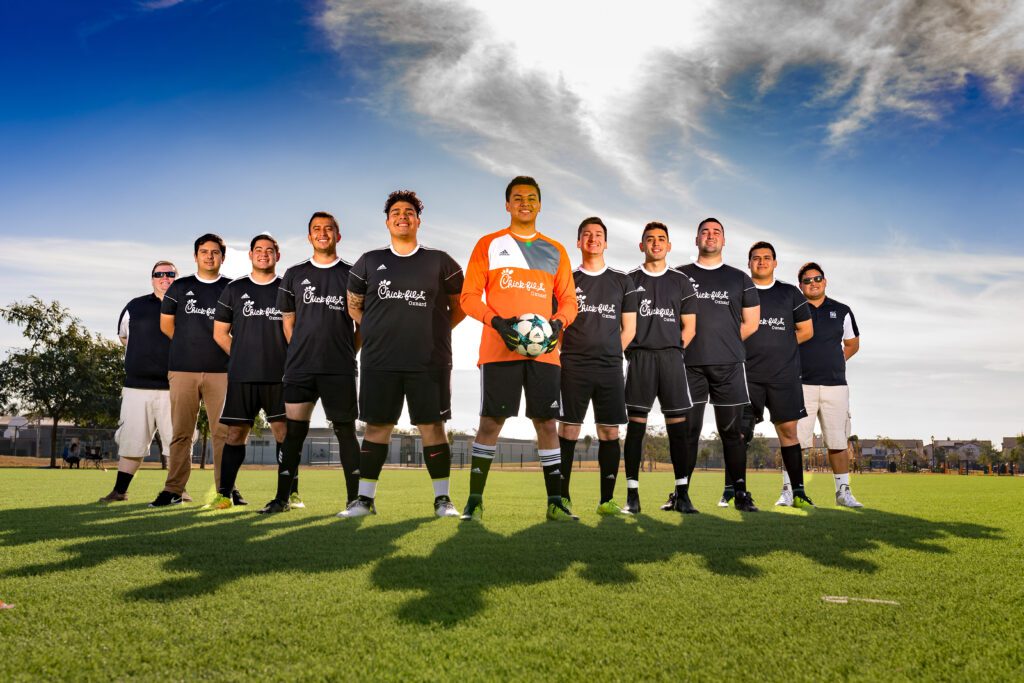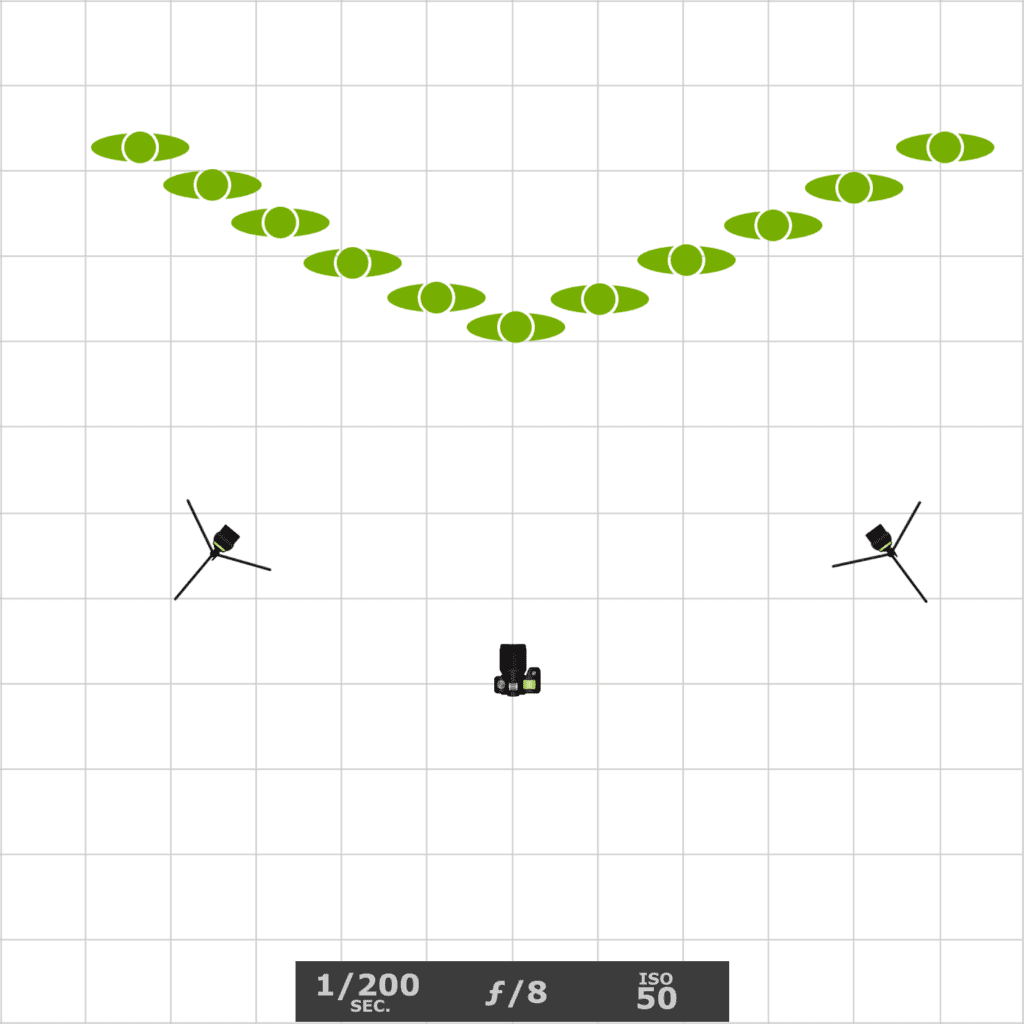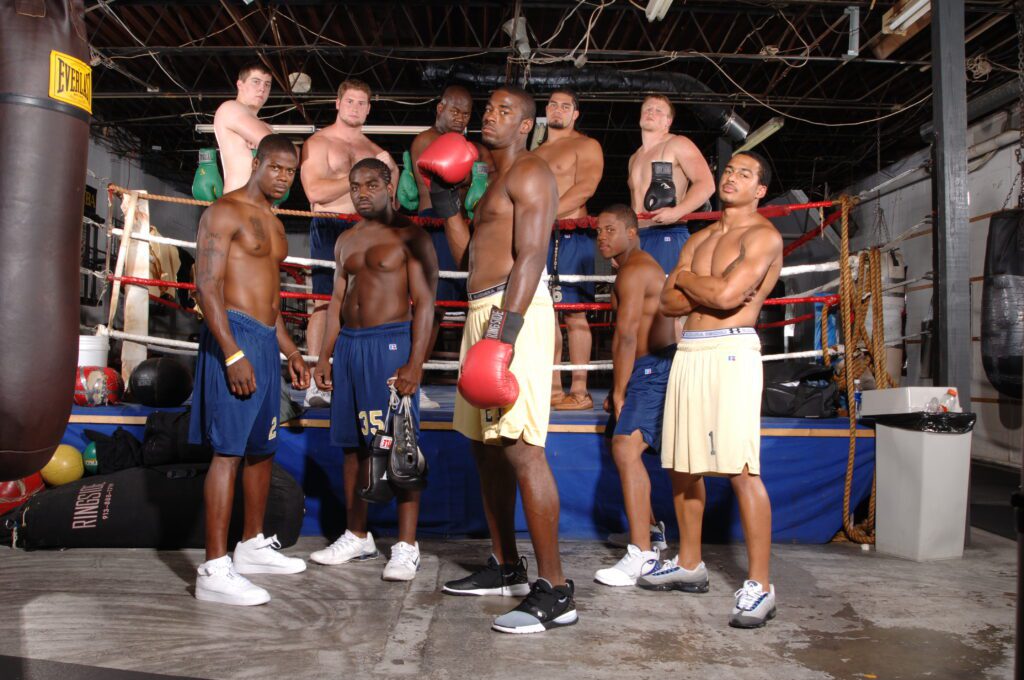How do you get the photo on top versus the one below? Read on. Lighting everything and using a white background are what you typically get at the bottom. TIP: to get a clean white background, be sure the background is 1 stop greater than the subject. Also, slightly angle the background so it isn’t perpendicular to the camera, or you will get a light flare caused by the background. (Figure 1)
I like to light parts of a scene rather than all of it. Lighting everything, as in the photo above, gives a sterile or even a feeling of the afterlife and living in heaven. If I want that look, I might use this lighting setup. The other advantage of lighting the subject is that you can move and spin, and the light will look the same. You don’t worry about shadows in the wrong places.
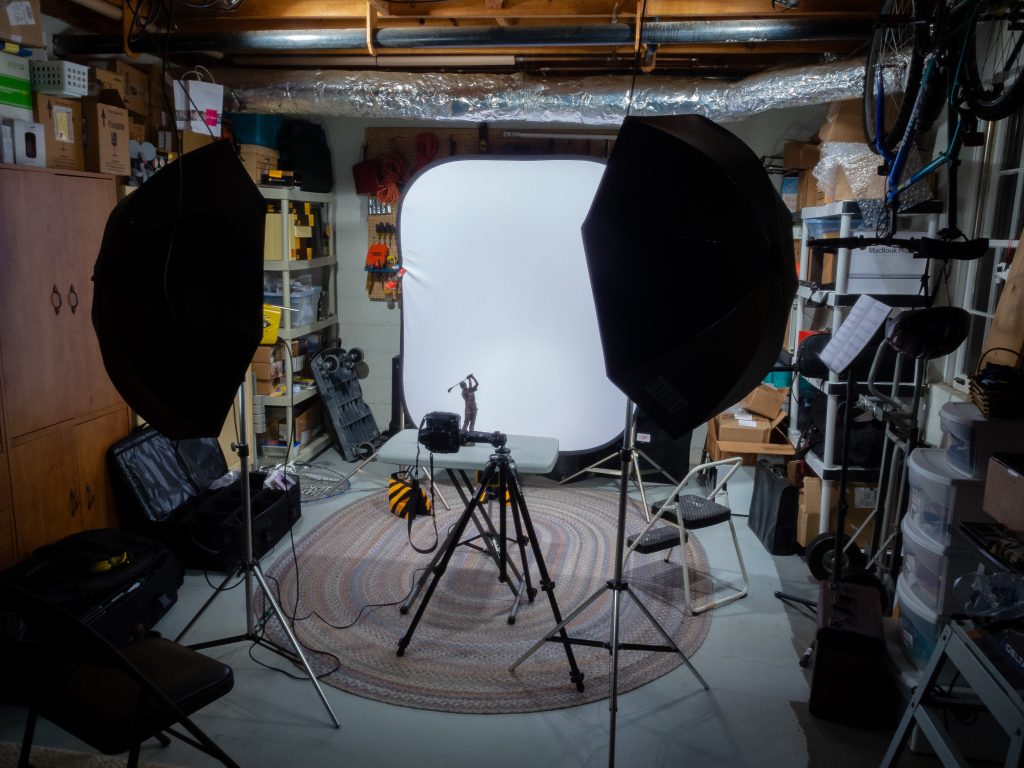
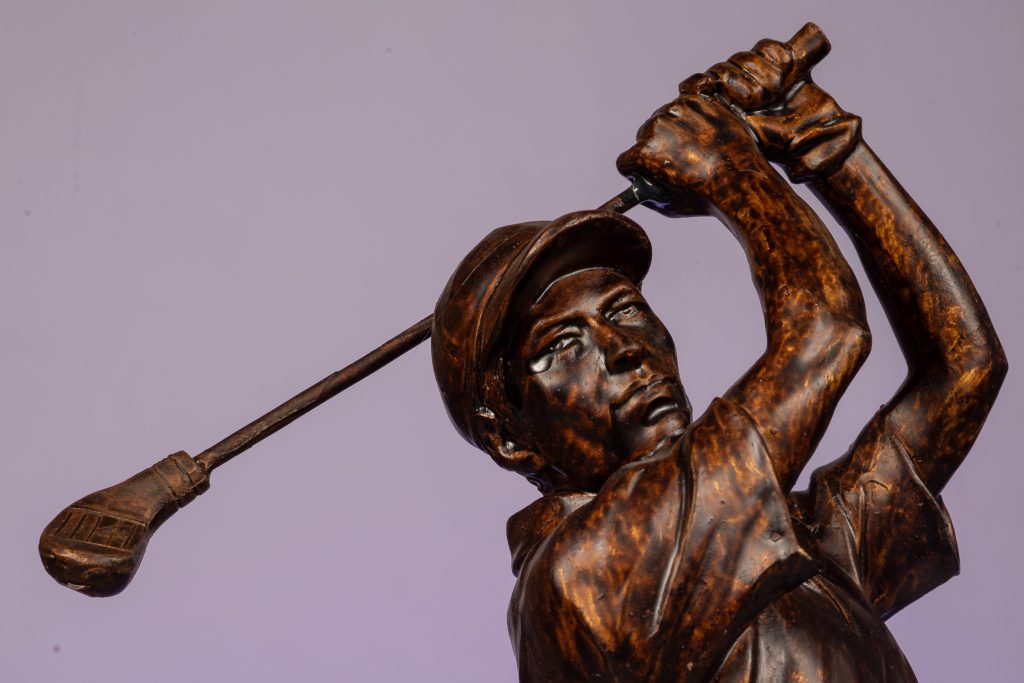
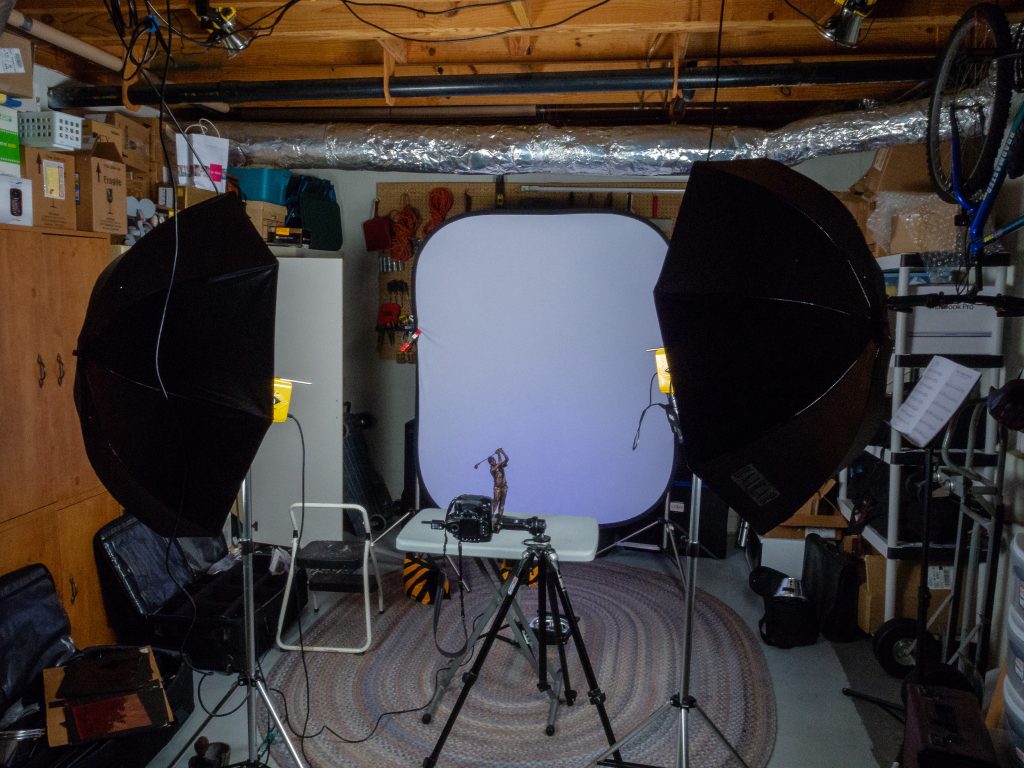
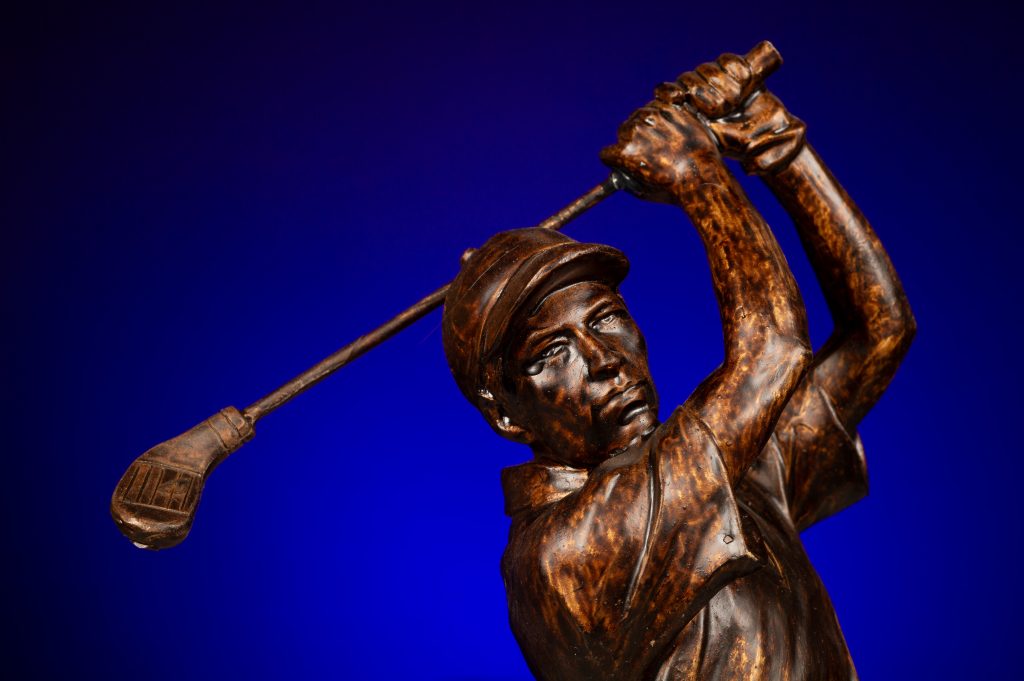
I like to have more drama as in this photo of the golfer with the blue background fading out to black around the edges.



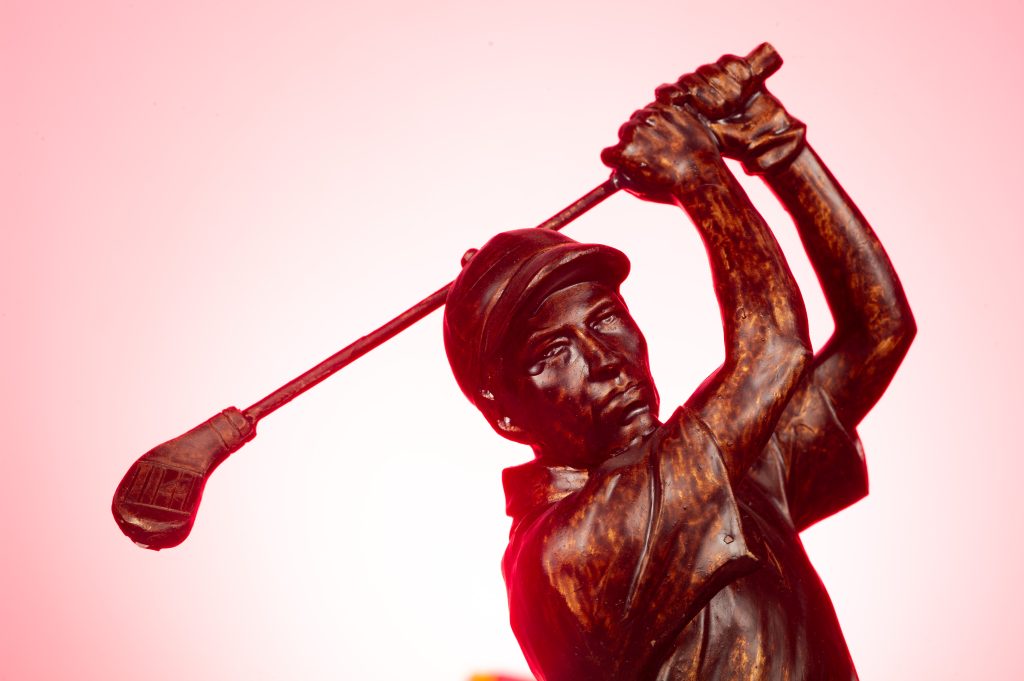
This photo is too pink and there is pink light on the subject. This happens when you are not controlling your lights. Learn to control the lights by not lighting everything up like you do with umbrellas.
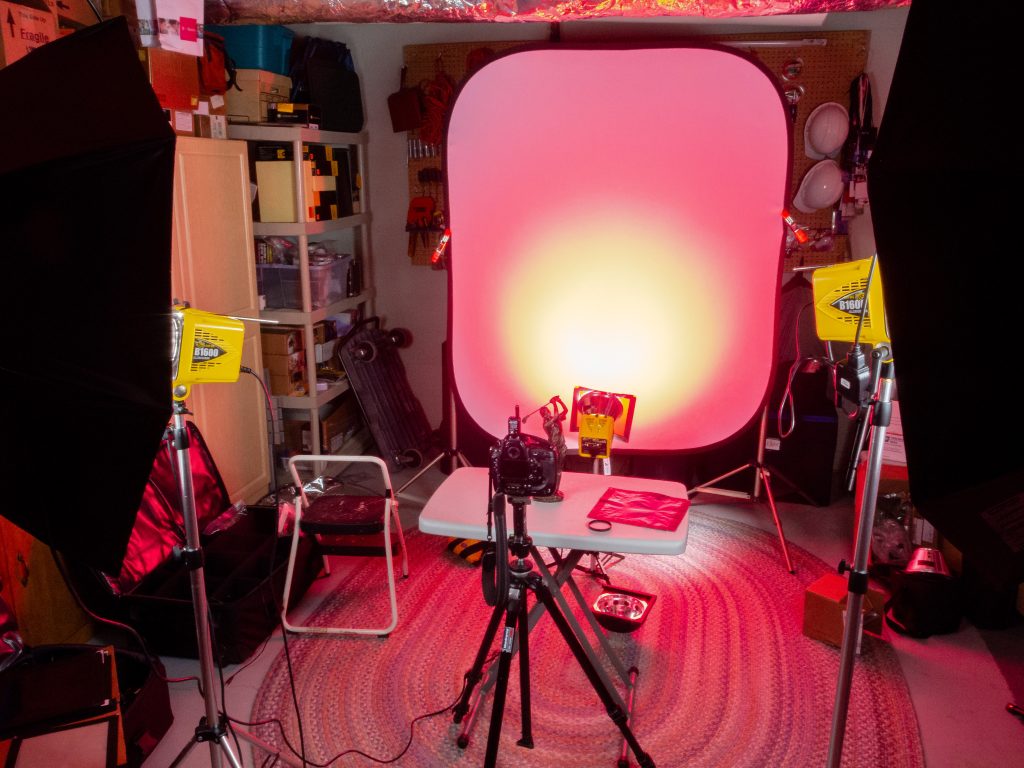
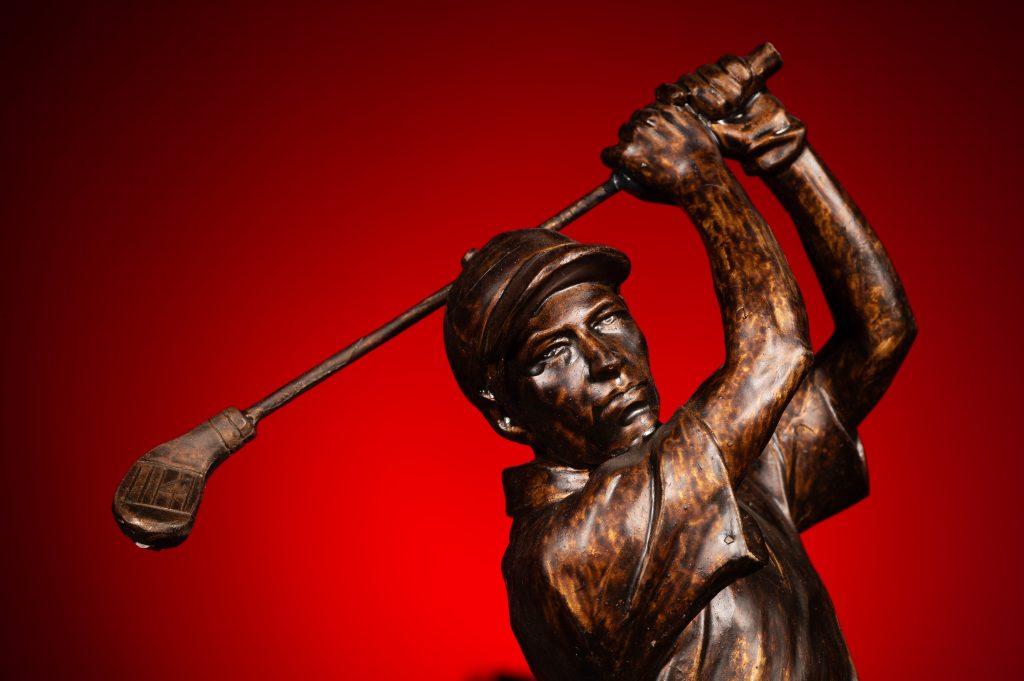
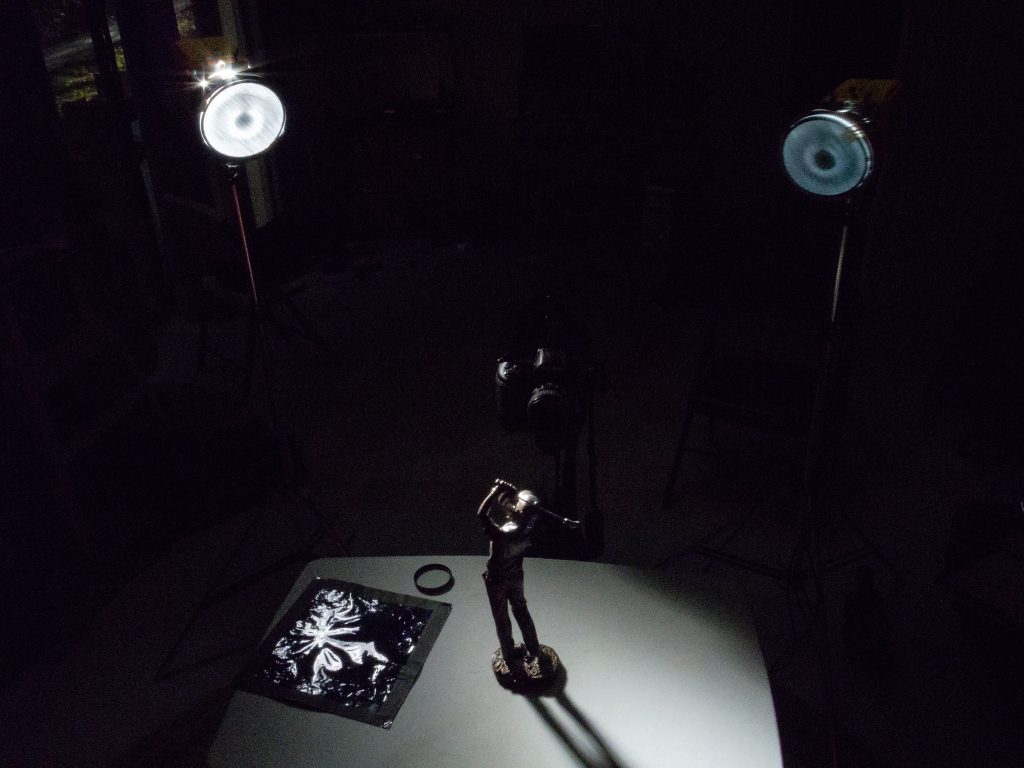
You don’t need to use gels to get a dramatic effect, but the more you learn not to light everything, but just parts of the photo, is when you can direct the audience’s attention in the photo. There is more than just lighting parts of the image; you can ratio the light throughout the photo and have some parts that are not black but slightly darker than the subject. This way you still see those other aspects of the scene, but they are secondary to the main subject. It is like having two or three sentences in a paragraph, and you direct the reader to who the main subject is and the supporting roles.
